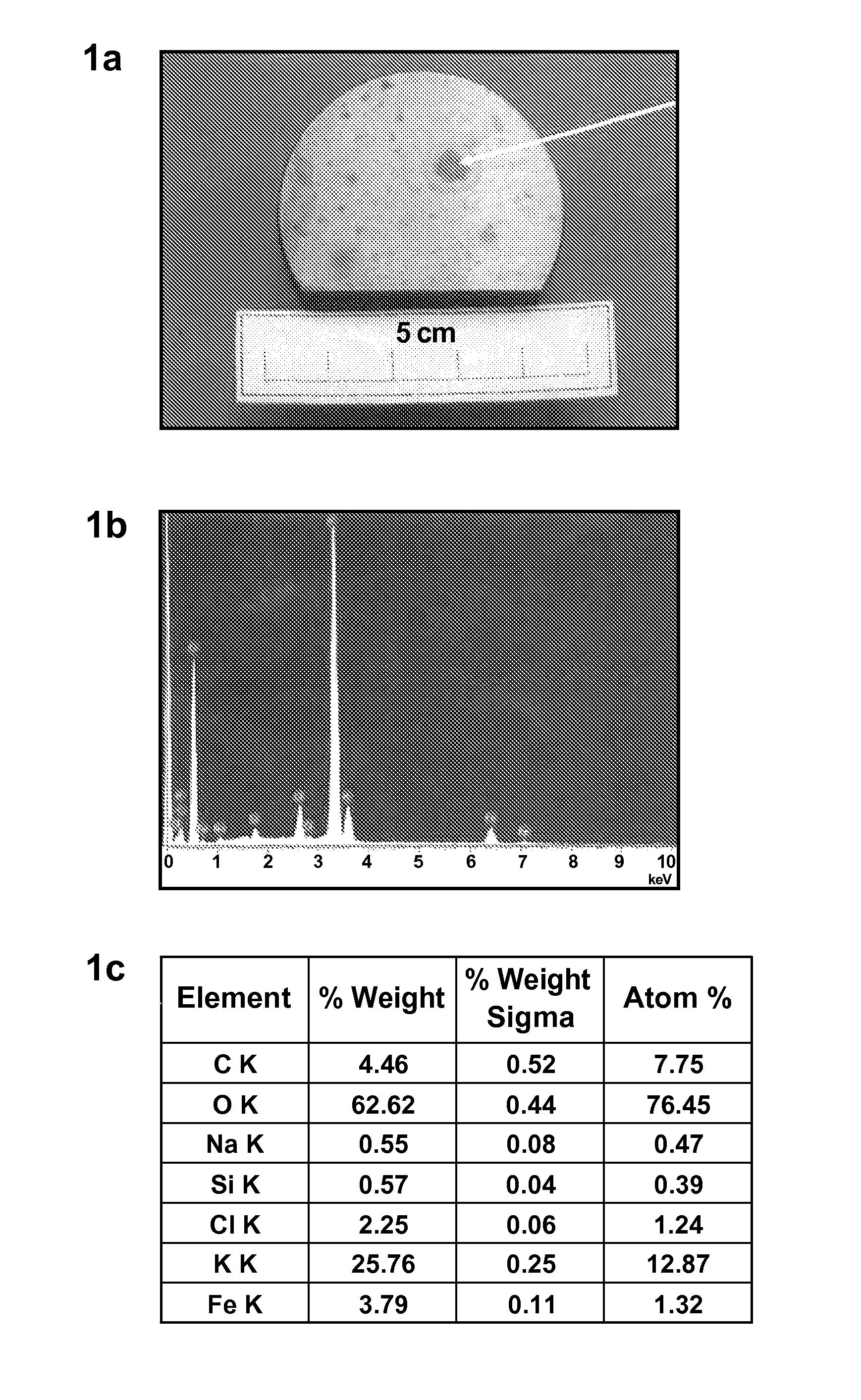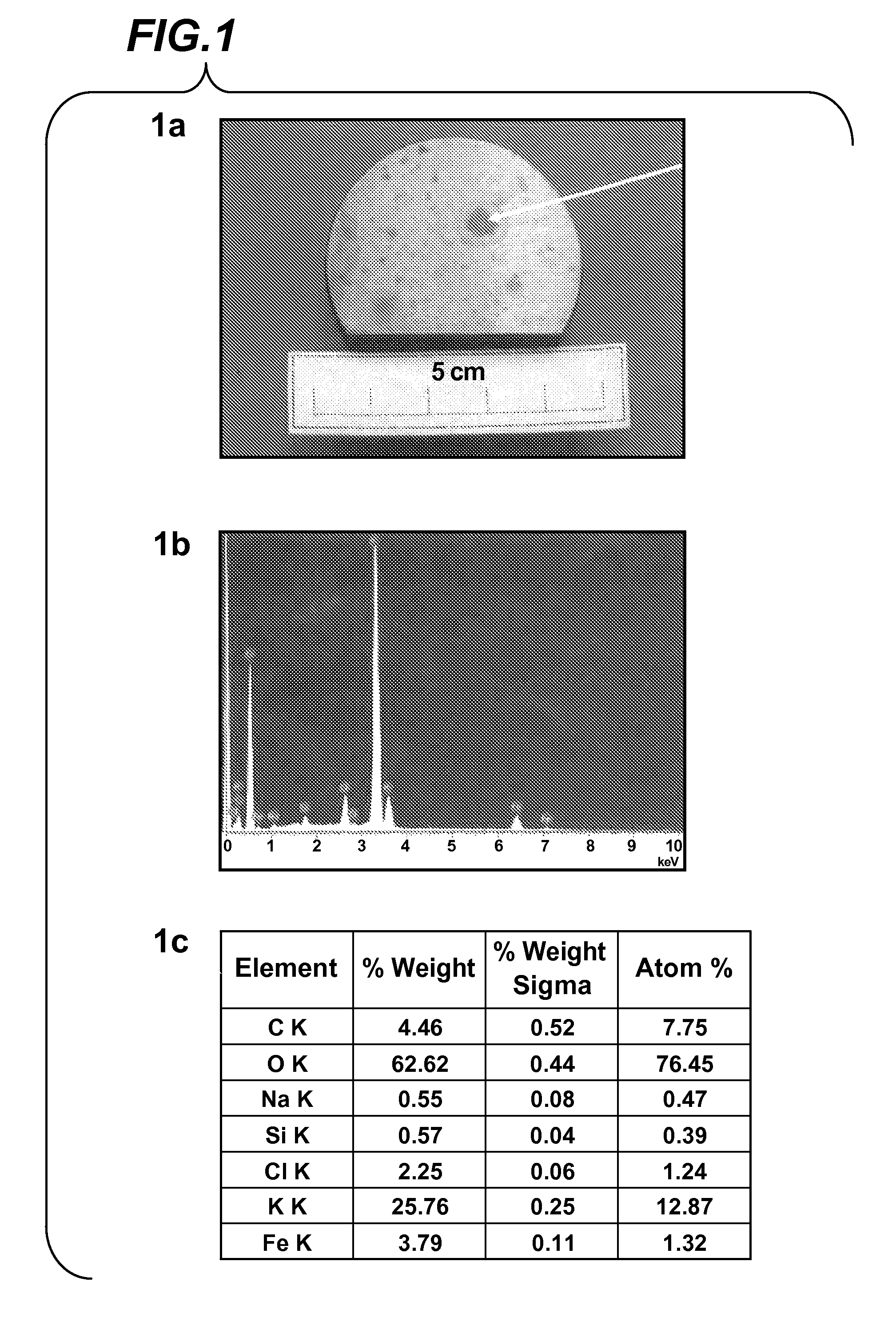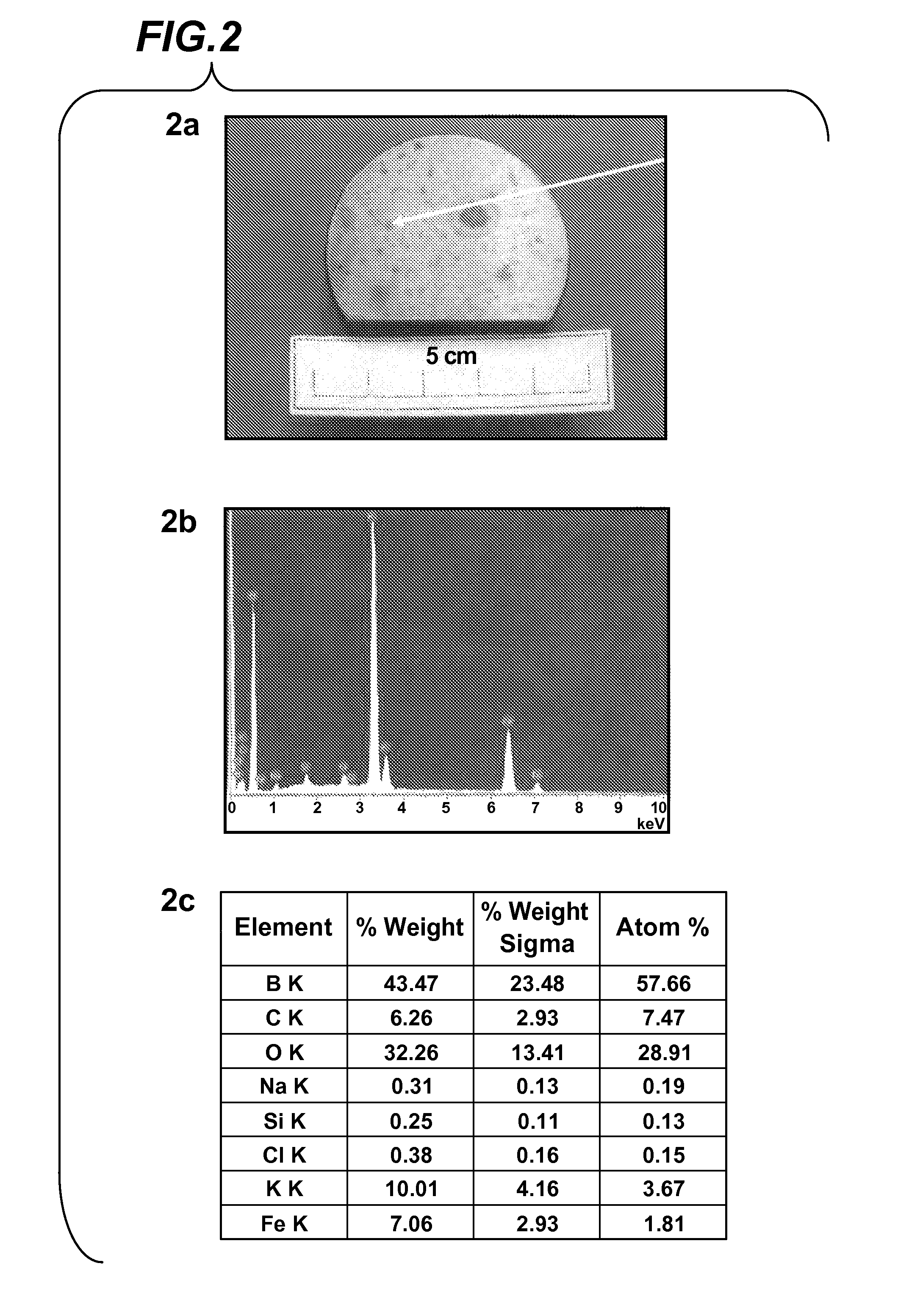Mechanical parts having increased wear-resistance
a technology of wear resistance and mechanical parts, applied in the direction of solid-state diffusion coating, plasma technique, transportation and packaging, etc., can solve the problem that the use of such boriding agents has never gained commercial importance, and achieves the effect of increasing the wear resistan
- Summary
- Abstract
- Description
- Claims
- Application Information
AI Technical Summary
Benefits of technology
Problems solved by technology
Method used
Image
Examples
example 1
[0053]A steel part is placed into a reaction chamber along with 50 g KBF4 in a boron nitride crucible. The reaction chamber is evacuated to 0.01 Pa. The crucible is heated to 900° C. resulting in decomposition of KBF4 to BF3. A 10% H2 / Ar2 gas mixture is added to the reaction chamber to a pressure of 500 Pa. An electrical discharge is applied at 600 V and 150 Amps. The reaction is continued for about 3 hours or until desired boron penetration is accomplished.
example 2
[0054]A “disk prototype”, (FIG. 4), with a diameter of 45 mm and a thickness (or gauge) of 15 mm., which had been manufactured out of ARMCO iron. It was known that this prototype had been subjected to a heat treatment of approximately 450-500 centigrade. The assembly was further identified by the letter A on its surface. This prototype exhibited, on both the front and lateral surfaces, marks of “surface adhesion”, which were to be analyzed by means of scanning electron microscope medium-energy-dispersing x-ray analysis.
[0055]The surface analysis was conducted by means of the scanning electron microscope middle-energy-dispersing x-ray analysis (EDX). All measurements / readings were conducted with an acceleration voltage of 20 kV. In principle, through the EDX measurements, a qualitative estimation of the carbon content can be observed with this analytical method.
[0056]Initially, the EDX Spectra had been recorded in two positions of the flecked surface adhesion. The first spectrum from...
PUM
| Property | Measurement | Unit |
|---|---|---|
| temperature | aaaaa | aaaaa |
| pressure | aaaaa | aaaaa |
| pressure | aaaaa | aaaaa |
Abstract
Description
Claims
Application Information
 Login to View More
Login to View More - R&D
- Intellectual Property
- Life Sciences
- Materials
- Tech Scout
- Unparalleled Data Quality
- Higher Quality Content
- 60% Fewer Hallucinations
Browse by: Latest US Patents, China's latest patents, Technical Efficacy Thesaurus, Application Domain, Technology Topic, Popular Technical Reports.
© 2025 PatSnap. All rights reserved.Legal|Privacy policy|Modern Slavery Act Transparency Statement|Sitemap|About US| Contact US: help@patsnap.com



